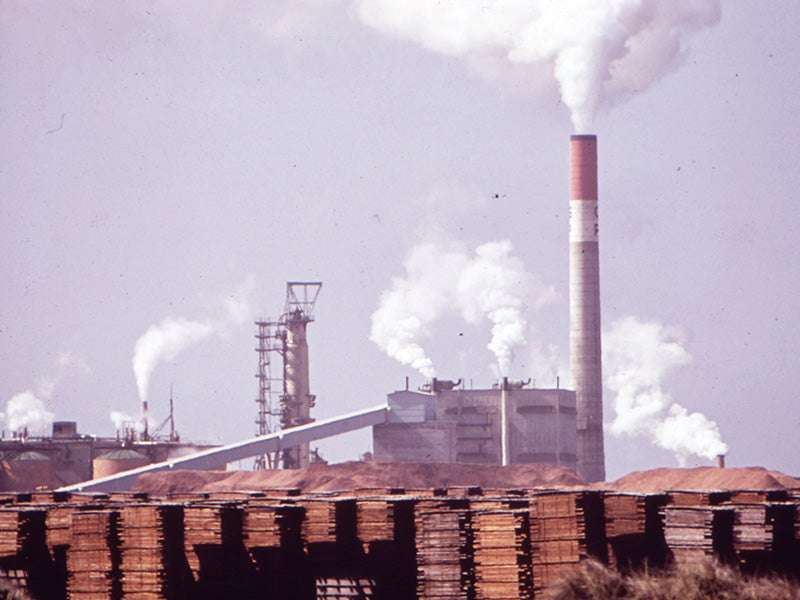Challenging Weak Plywood Plant Standards
Plywood plants a major source of pollution as they emit 18,000 tons of toxic air pollutants annually. These toxins include including formaldehyde, methanol, acrolein, acetaldehyde, phenol and propionaldehyde, which have been associated with cancer rates, liver and kidney damage and birth defects.
Case Overview
In September 2004, Earthjustice filed a lawsuit challenging the Environmental Protection Agency’s weak standard for toxic air emissions from plywood manufacturing plants.
The issue of most concern is a loophole in EPA standards concerning “low risk” sources; the rule allows any source that can meet the EPA’s definition of “low risk” to be exempt from regulation and could to avoid any steps to control toxic emissions. The EPA estimated that the loophole will be used by 147 of the 223 plywood plants, this idea stemmed from lawyers and lobbyist from wood products industry as it would have saved the industry hundreds of millions of dollars through avoided pollution control costs.
Plywood plants are a major source of pollution as they emit 18,000 tons of toxic air pollutants annually. These toxins include including formaldehyde, methanol, acrolein, acetaldehyde, phenol and propionaldehyde, which have been associated with cancer rates, liver and kidney damage and birth defects.
In June of 2007, the court ruled that the exemption was unlawful and also enacted compliance deadlines for facilities to adopt pollution standards.

Case Updates
Case page created on September 28, 2004.